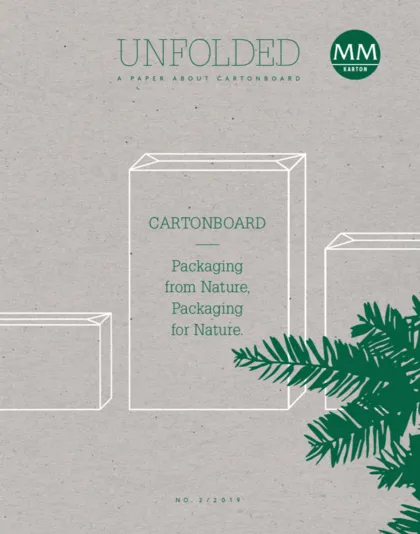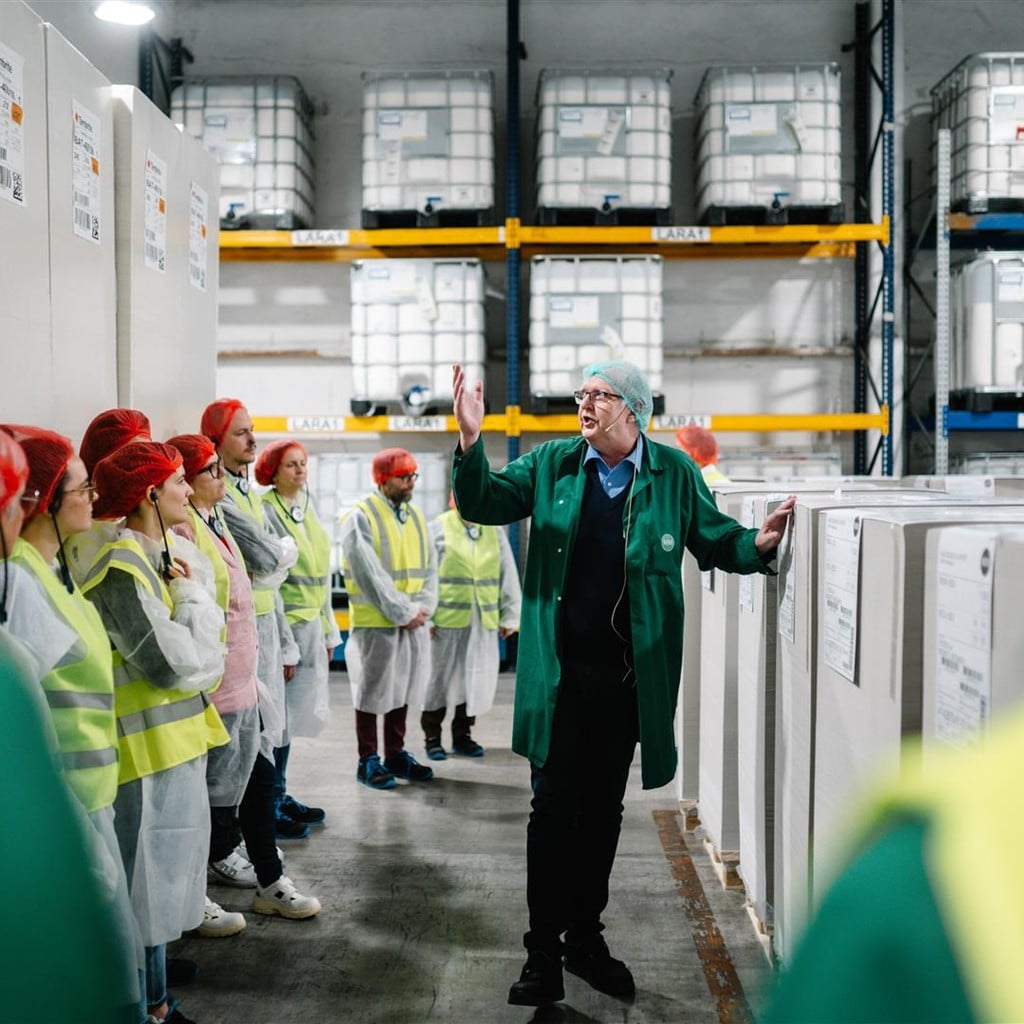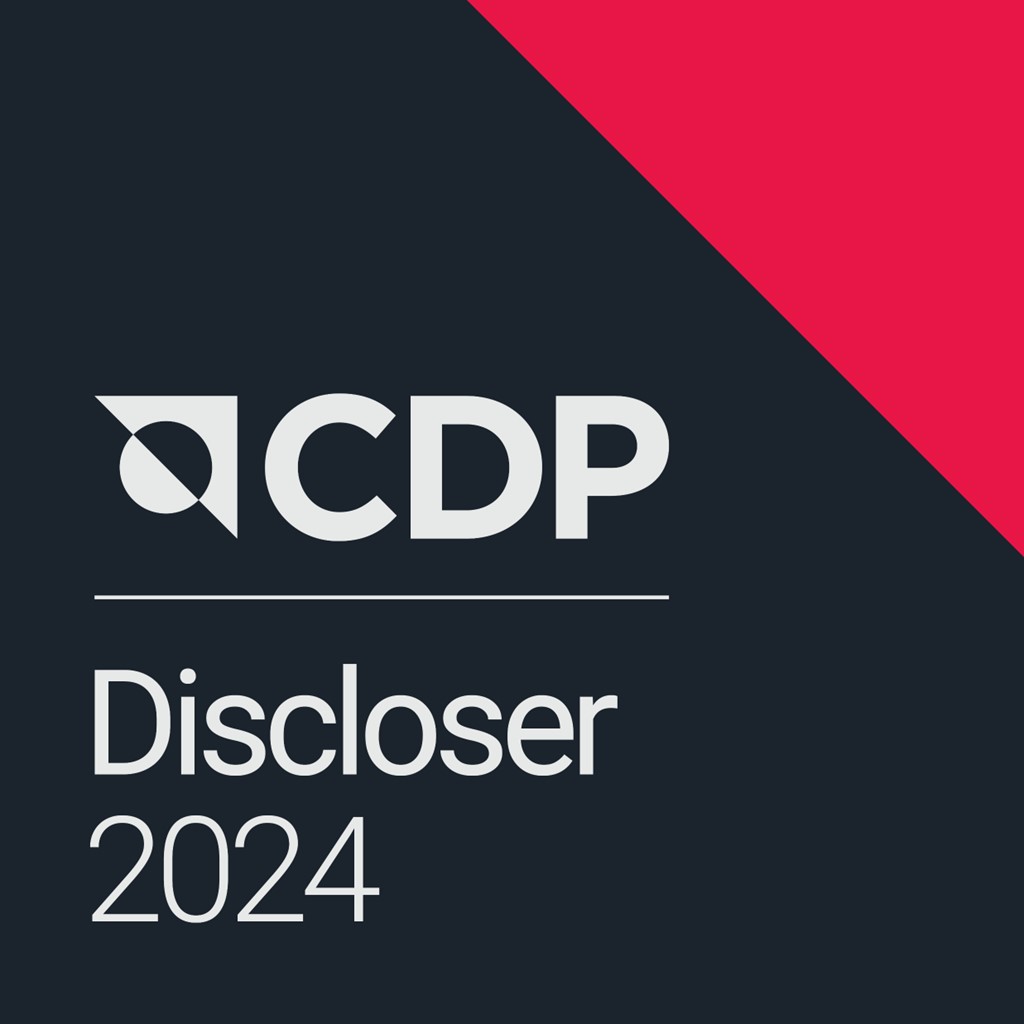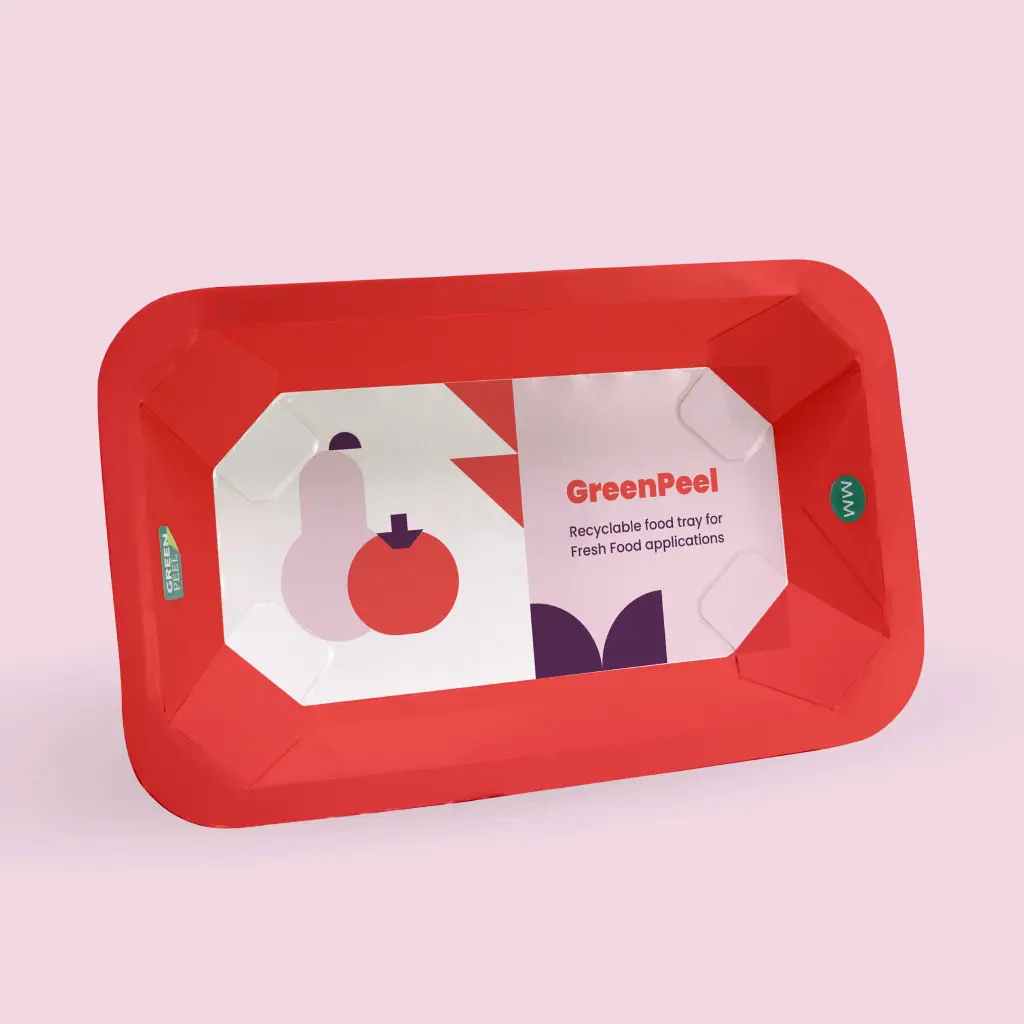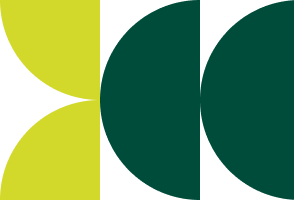Comparing packaging materials – a clear winner
Renewable, biodegradable, recyclable – which packaging materials meet the requirements of a functioning circular economy?
|
Plastic
|
Aluminium
|
Glass
|
Cartonboard
|
|
|---|---|---|---|---|
| RENEWABLE |
✘ |
✘ |
✘ |
✔ |
| RECYCLABLE |
~ |
✔ |
✔ |
✔ |
| BIODEGRADABLE |
✘ |
✘ |
✘ |
✔ |
| CIRCULAR ECONOMY |
✘ |
✔ |
✔ |
✔ |
A comparison of all packaging materials with regard to the most important sustainability parameters shows a clear winner
RENEWABLE
—
Plastic
Plastics for the packaging industry (PE, PP, PET) are mainly produced from fossil raw materials (crude oil), which are finite by nature. Only an insignificant proportion is made from renewable raw materials.
Bioplastic
Bioplastics or biopolymers may be based on renewable or petrochemical raw materials; however, a definition has not been clearly defined yet.
Aluminium
Aluminium is among the metallic raw materials extracted from bauxite ore, so it is not renewable. Still, it is one of the most commonly used metals across the globe.
Glass
Glass is produced by melting quartz sand, which is not organic and therefore non-renewable.
Cartonboard
Cartonboard is completely natural. It is made from wood, a renewable raw material that comes from sustainably managed forests, or it is produced from recycled paper. Certifications for fibre from responsibly managed forests are standard in the cartonboard industry.
RECYCLABLE
—
Plastic
Plastics can technically be recycled, but in practice, accurately separating out sufficient quantities is difficult. In most cases, mixed plastic waste cannot be recycled to the same level of quality, so experts talk about down-cycling instead of recycling.
Bioplastic
Bioplastics disrupt the recycling process used for mineral oil-based plastics. A separate recycling stream for bioplastics is not economically viable today.
Aluminium
Aluminium is completely recyclable, but difficult to recover from composite packaging (e.g. coffee packaging) during the recycling process. As such, these secondary materials are usually treated as waste and used in cement production, for example.
Glass
Glass can undergo the melting process as many times as required, allowing it to be processed to form new products. Despite the high recycling rate for glass, producing a single bottle requires a huge amount of energy.
Cartonboard
Cartonboard is completely natural. It is made from wood, a renewable raw material that comes from sustainably managed forests, or it is produced from recycled paper. Certifications for fibre from responsibly managed forests are standard in the cartonboard industry.
BIODEGRADABLE
—
Plastic
Plastic has an extremely long lifecycle when exposed to the environment. Plastic packaging takes decades or even centuries to break down. Even oxo-degradable plastics, which are treated with additives so that they dissolve after a certain time, do not completely decompose, but rather disintegrate into microplastic.
Bioplastic
All of the key associations in the German waste management industry have fundamentally opposed the composting of biodegradable plastics in a policy paper. There is no opposition to bio-based, certified biodegradable plastic bags for collecting organic household waste.
Aluminium
Aluminium is a metal, and metals are not biodegradable.
Glass
The production process for glass uses quartz sand, which is not organic and therefore not biodegradable. A glass bottle can last for up to 1 million years.
Cartonboard
Once it is exposed to the elements, paper-based packaging will break down within a few weeks. It comes from nature and returns to nature.
